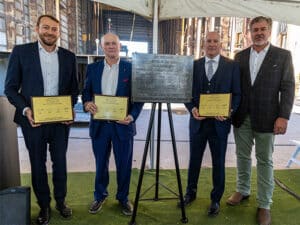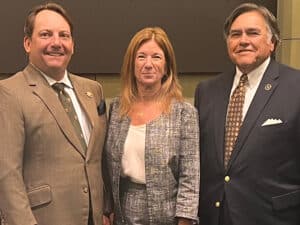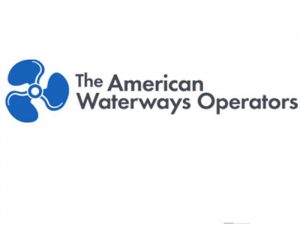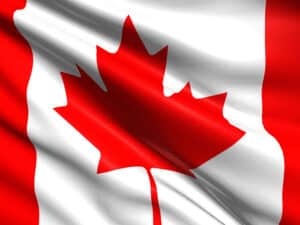
Kongsberg Maritime develops next-gen container feeder design
Written by Nick Blenkey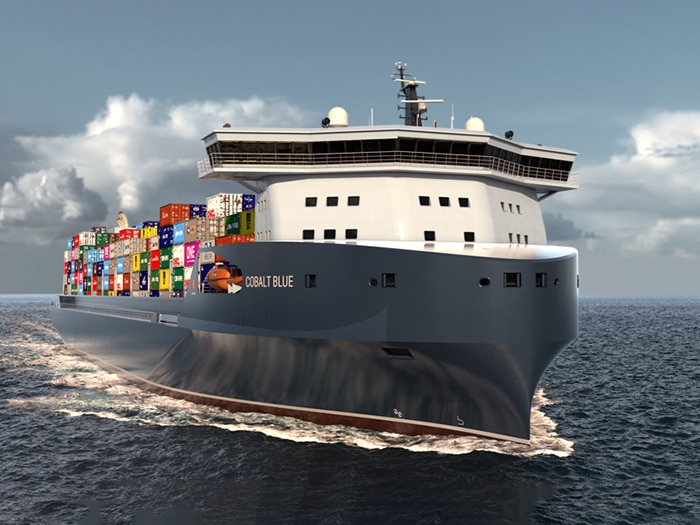
New Kongsberg Maritime design brings a range of innovative features to the container feeder ship market.
Classification society DNV has given its Approval in Principle to an innovative 2,000 TEU container feeder vessel design developed by Kongsberg Maritime.
Called Cobalt Blue, the new design brings a range of innovative features to the container feeder market. These include an open-top deck, forward deckhouse, and a modular design that will ensure that the vessel can easily be upgraded over time to transition through fuel types during its working life.
The new vessel has been designed in partnership with Deltamarin with the core aim of offerinhg ship owners a future-proof vessel that delivers efficiencies and sustainability benefits, while preparing the sector for future developments such as the need to switch to alternative fuels to meet tighter emissions requirements.
“We’re delighted to have received Approval in Principle for this innovative design that can offer owners a truly future-proofed vessel in the container feeder market,” said Oskar Levander, Kongsberg Maritime’s SVP, business concepts. “This independent assessment of our design concept has confirmed that the Cobalt Blue, with all its innovative features, is a feasible proposition with no major obstacles to enable it becoming reality.”
“The container feeder market will need to go through fleet renewal in the coming years and owners will be carefully considering their options,” Levander added. “With future emissions reductions in mind, future ships will have to include the use of alternative fuels and this design will enable owners to invest in a vessel that can evolve over time”.
The ship’s modular design provides room for adding future innovations. It can be built now with a dual-fuel main engine, that will run on LNG or diesel fuels. Then there is the possibility to switch to low carbon fuels such as biogas, synthetic methane or ammonia in order to reduce greenhouse gas emissions.
According to Levander, it can transition onto green ammonia fuel with a small pre-planned conversion allowing for zero carbon operation. “The vessel can easily be reconfigured to accommodate the additional tanks required for alternative fuels and there can also be room for battery containers to enable emission-free operation close to port,” he says.
“With changing requirements, it’s important to think outside the box in ship design,“ Esa Jokioinen, director sales, Deltamarin added. “Cobalt Blue provides innovative and cost-effective way to think about vessel flexibility over its lifetime and provides a concept with a clear path for zero emission operation in the future.”
There is no requirement for heavy cargo hatches and the forward deckhouse will help protect the cargo from green water coming onto the ship.
The range of Kongsberg equipment on the vessel can also extend to include propulsion and control systems and an active stabilizer system with intelligent weather routing and steering to minimize the risk of cargo loss.


